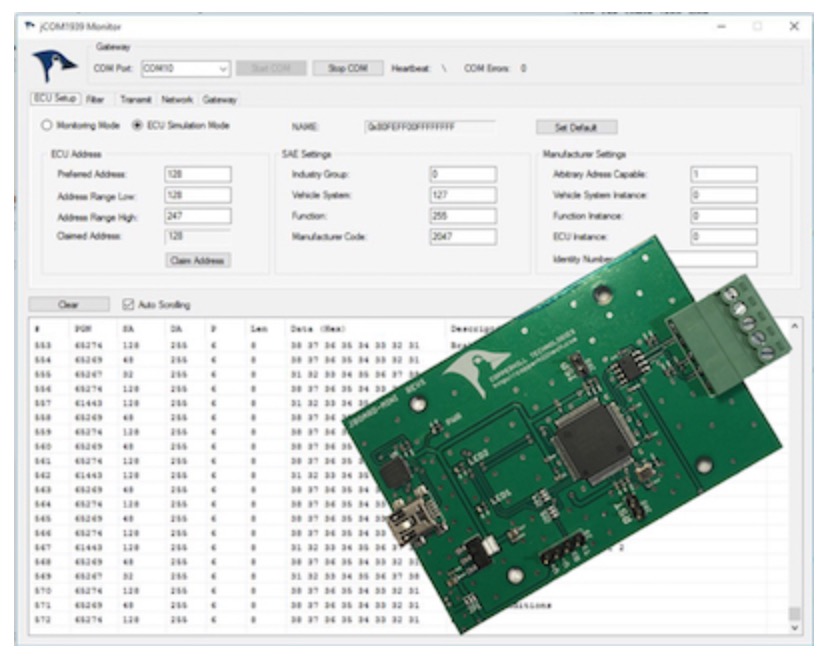Recent Posts
Data Acquisition from HD Vehicles Using The SAE J1939 CAN Bus
Posted by on
Modern vehicles are equipped with electronic control units (ECUs) to control various subsystems such as the engine, brakes, steering, air conditioning, and infotainment. These ECUs (Electronic Control Units) are networked to share information, and output directly measured and calculated data.
The SAE J1939 in-vehicle network is a data goldmine for enhanced maintenance, measuring vehicle performance and its subsystems, fleet management, warranty, and legal issues, reliability, durability, and accident reconstruction.
The focus of Data Acquisition from HD Vehicles Using J1939 CAN Bus is to advise the reader on how to obtain and accurately interpret data from heavy-duty (HD) vehicle networks. The reader will learn to convert messages to scaled engineering parameters and to determine the available settings on HD vehicles, along with their precision and update rate.
Written by two specialists in this field, Richard (Rick) P. Walter and Eric P. Walter, principals at HEM Data, located in the United States, the book presents a road map for the data acquisition user. The authors provide a transparent and compact description of the CAN Bus protocol plus a review of all parts of the SAE International J1939 standard family. Pertinent standards are complemented with tables, graphs, and examples.
Useful applications covered are calculating fuel economy, duty cycle analysis, and capturing intermittent faults. A comparison is made of several diagnostic approaches, including OBD-II, HD-OBD, and World Wide Harmonized (WWH) OBD.
Data Acquisition from HD Vehicles Using J1939 CAN Bus is a must-have reference for those interested in efficiently acquiring data from vehicles supporting SAE J1939.
SAE J1939 ECU Simulator Board With USB Port
The jCOM.J1939.USB gateway board is a high-performance, low-latency vehicle network adapter for SAE J1939 applications. It allows any host device with a USB COM port to monitor SAE J1939 data traffic and communicate with the SAE J1939 vehicle network.
The board supports the full SAE J1939 protocol according to J1939/81 Network Management (Address Claiming) and J1939/21 Transport Protocol (TP). It is also supported by an extensive programming interface for Windows and Linux/Ubuntu applications, including full C/C++/C# source code for short time-to-market developments.
The strength of the board lies in the fact that the entire SAE J1939 protocol, including all timing requirements, is stored on-chip, thus taking the burden off the main system. The board uses a USB COM port to communicate with the main system, i.e. all data transfer is handled through a standard COM port access.
The communication protocol between the board and the main system is well documented and thus allows a porting to any computer system with a USB connection. Working source code libraries exist for Windows (C# under Visual Studio 2012/2013), Linux and its derivatives (C++ using Code::Blocks), and Raspberry Pi (C using the standard gcc compiler).
 Loading... Please wait...
Loading... Please wait...


